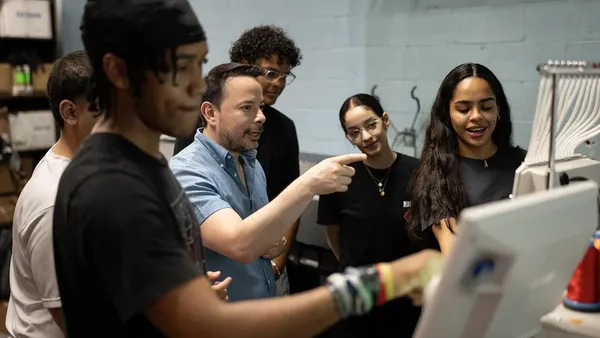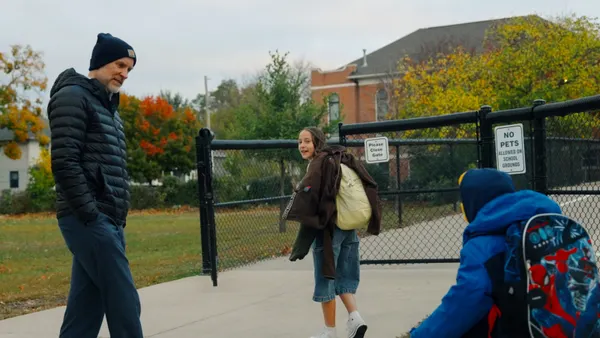Dive Brief:
- A classroom skeleton at Northwest Pennsylvania Collegiate Academy is more than just a model for understanding anatomy, NPR reports
- The skeleton was examined to see if it could be identified, Teachers and students asked where the skeleton came from and who it might have been.
- A forensic anthropologist at Mercyhurst University in Pennsylvania helped the class research the pelvis, the curve of the skull and other details to identify gender, including the age the person was when he or she died.
Dive Insight:
Investigation work in any academic class can tap into students’ hunger for mystery and problem-solving. While not every teacher is going to have pupils examine the classroom skeleton hanging inside a science room (nor do they all have such an object) bringing different disciplines together can crack open learning in an inventive and fun way.
Science and social studies provide two wonderful subjects that can easily be dove-tailed. Harvard University offers some ways to link coding with Scratch into social studies projects. An ancient history class that’s studying the Olympic Games, could also learn about the kinetic energy of an athlete, or the history of baseball could include a geometry lesson on the ball itself.
Curriculum designers need only tap into a bit of sleuthing to uncover rich opportunities for connecting different content areas and injecting some excitement into classroom learning.




 Dive Awards
Dive Awards






